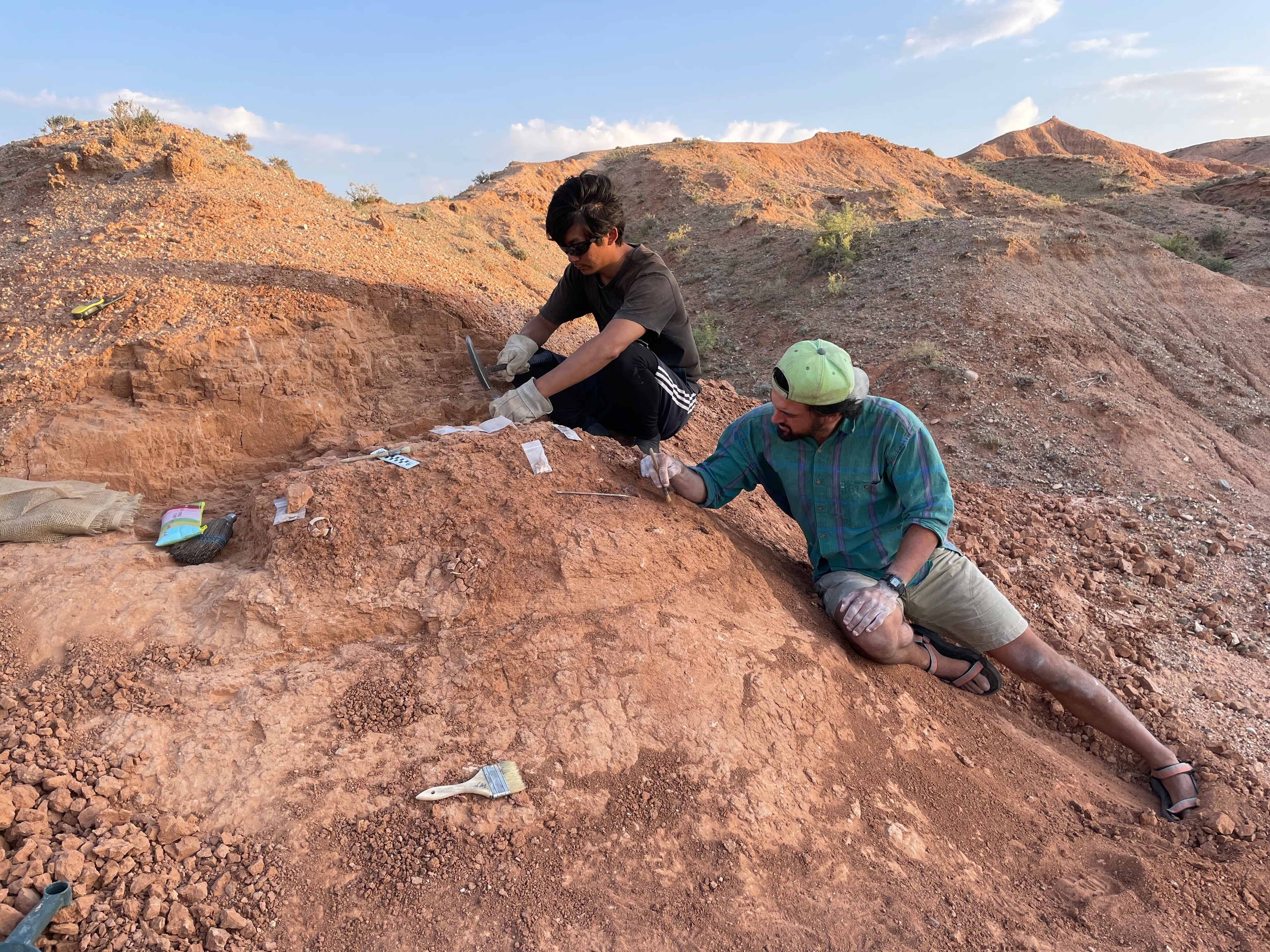A one-ton "fossil rat" has been discovered in South America, scientists announced today.
The prehistoric, bull-size creature—the world's largest recorded rodent—has been identified from a well-preserved skull.
The megarodent lived in lowland rain forests between two and four million years ago, perhaps using its massive teeth to fend off saber-toothed cats and giant, flightless, meat-eating birds, researchers say.
The newfound species, called Josephoartigasia monesi, is reported today in a study led by Andrés Rinderknecht of the National Museum of Natural History and Anthropology in Montevideo, Uruguay.
The rodent weighed about 2,200 pounds (1,000 kilograms), based on an analysis of its 21-inch-long (53-centimeter-long) skull, according to the study, published in the new issue of the journal Proceedings of the Royal Society: B.
Found by an amateur paleontologist in a cliff face along Uruguay's southern coast, the skull suggests that the species was twice as heavy as any other known rodent, Rinderknecht said in an email.
"The future can bring big surprises. But at present J. monesi is the largest recorded rodent," he said.
A relative of rats, mice, and guinea pigs, the creature measured some ten feet (three meters) long, nose to tail. The ancient animal looked a lot like the capybara, the world's largest living rodent, also from South America.
But the prehistoric mammal belonged to a rodent family with a single surviving member—the pacarana—the study says. A rare species weighing up to 33 pounds (15 kilograms), the pacarana is confined to tropical forests in central South America.
J. monesi inhabited forests around river deltas or estuaries, the study suggests.
Fruit Feeder
"It probably fed on aquatic plants and fruits, because its molars are small and not good for grass or other abrasive [vegetation]," Rinderknecht said.
"But a mystery is the extremely broad incisors," he added. "We are working on a biomechanical model to estimate the bite force of this giant."
The rodent's fearsome front teeth and large size may have been used to fight over females for breeding rights, assuming it was a male, he said.
The may also have helped defend against predators, including carnivorous marsupials, saber-toothed cats, and so-called terror birds, which grew up to ten feet (three meters) tall, he said.
Larger mammals also have the advantage of access to low-quality food resources, such as wood, that smaller species are unable to digest, the researcher added.
"There are many advantages for a big mammal," he said. "Some of these reasons could be the explanation" for J. monesi's size.
The fossil discovery takes the title of rodent heavyweight champion away from another extinct South American species, Phoberomys pattersoni. Likened to a giant guinea pig, P. pattersoni weighed an estimated 1,500 pounds (700 kilograms).
The previous record holder was described in 2003 from remains found in Venezuela by paleontologist Marcelo Sánchez-Villagra from the University of Zurich, Switzerland.
Of the latest find, Sánchez-Villagra said, "This undoubtedly is the largest rodent that we know of. It's quite remarkable. But I'm not envious—I think it's great.
"I suspected there would be larger rodents out there," he said. "There are probably others that are bigger still."
The latest find is further evidence of the incredible diversity seen in South American fossil rodents, Sánchez-Villagra said.
"There were many species with no equivalent today, especially in terms of size," he added.
The likely reason for such variety is that South America's rodents evolved in isolation, the paleontologist said.
Rodent Island
"For most of the last 65 million years, since shortly after the dinosaurs became extinct, South America was an island," he said.
But around three million years ago the Panama land bridge formed, linking North and South America. New types of mammals flooded in from the north, perhaps sending bizarre species such as J. monesi scurrying to extinction.
Newcomers included predatory cats and bears that were previously absent in South America, Sánchez-Villagra said.
"Large herbivores from North America probably competed with the big rodents," he added.
Climate change likely also contributed to the demise of massive rodents, the paleontologist said.
The new discovery should provide important new clues to the growth processes that produced such massive rodents, he said.
Rinderknecht, the study author, said the team is now investigating the fossil skull to work out the animal's hearing and smelling capabilities.
"We are also looking for more remains of the rodent," he said.





